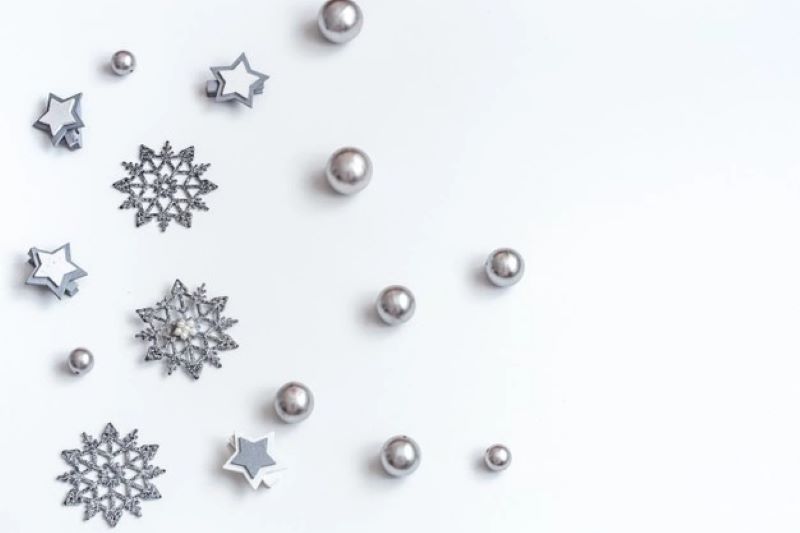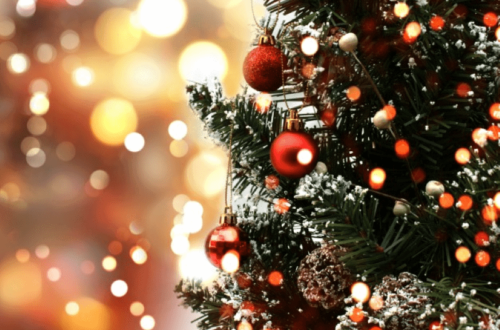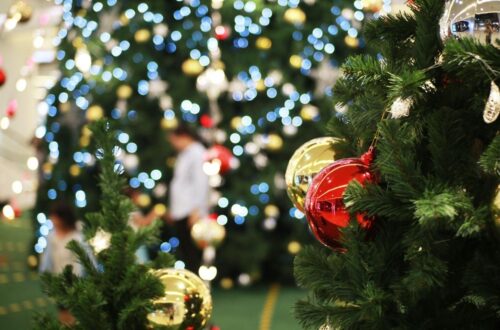
What you don’t know about Christmas ornaments — Historical Overview
The Evolution of Christmas Ornaments: From Apples to Glass Balls
The Christmas ornament may be a simple gesture of the holiday cheer, but its history is obscure. Originating around 16th-century Germany, the initial pieces look nothing like the ones we are aware of today.
Although we tag them ‘Christmas trees’, these decorative evergreens go back much further than the celebration of yuletide. By evidence, the tradition of styling a home with boughs of evergreen when it’s winter can be traced back to the age-old Egyptians.
During the long, cold winter days and nights, evergreens served as a suiting therapy that provided hope and offered comfort, like they did for the Romans, Druids, and Vikings.
How Christmas Ornaments Became a Global Tradition
The classic tradition of Christmas ornaments and trees is known to have begun in 16th-century Germany, where apples, candles, and nuts were used to style evergreen trees for church play.
With time, ardent Christians began styling their homes with these trees during the holidays. It became a ritual, particularly for Christians, and eventually, a norm throughout Europe.
From the 18th century to the 19th, German immigrants introduced this tradition to the United States, but it was turned down. For the Americans (precisely those with puritanical religious inclinations), the culture had some historical pagan connotations and should not be passed down.
The Art of Handcrafted Christmas Ornaments
Though it took time for the practice to gain acceptance, small German-born communities ensured documentation at the earliest stage possible.
An illustration published in 1840 of a happy Queen Victoria seated around an evergreen tree with her family upgraded the practice into a popular custom that popular Americans soon began to adopt. Also, local businesses gradually realized the ornament’s potential for commerce.
By 1890, the Woolworth’s Department shop in America had become a major dealer in the space, selling 25 million dollars in Christmas ornaments made from lead or hand-blown glass.



